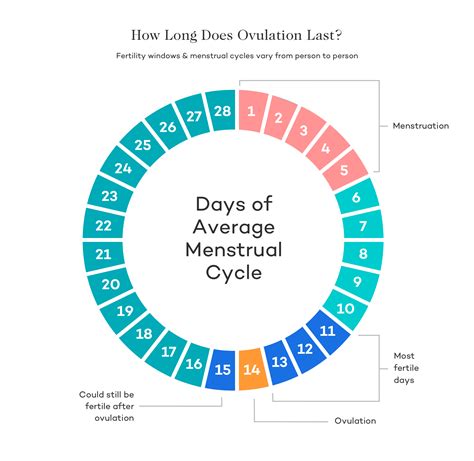Determining a baby’s body mass index (BMI) is a crucial aspect of monitoring their growth and overall health. BMI is a measure of body fat based on height and weight, providing insights into a child’s nutritional status and potential health risks.
The calculation of baby BMI holds immense significance, empowering parents and healthcare providers to identify malnutrition, overweight, or obesity in early stages. It enables them to take timely interventions, such as adjusting feeding practices or recommending medical consultations, to ensure optimal health outcomes for the baby. Historically, the development of BMI charts specifically designed for infants and children has revolutionized the field of pediatric medicine, providing accurate and age-appropriate references for assessing growth and nutritional status.
